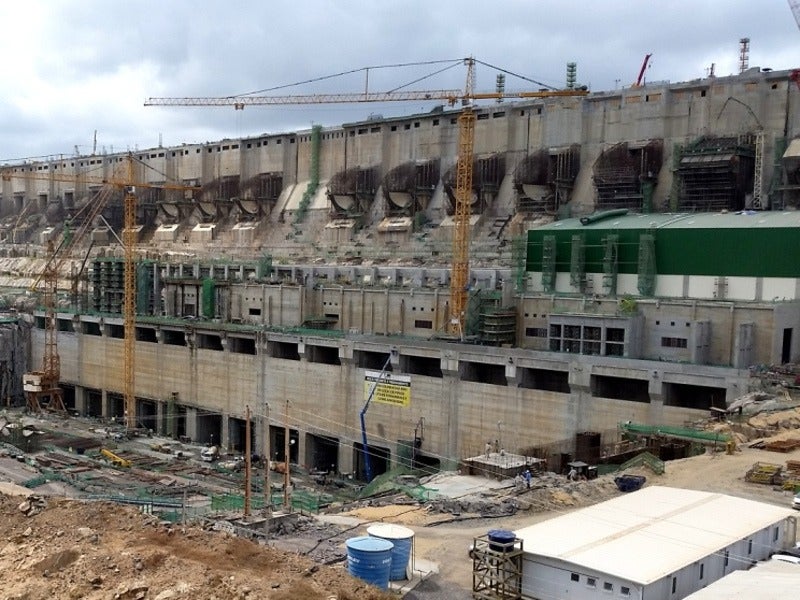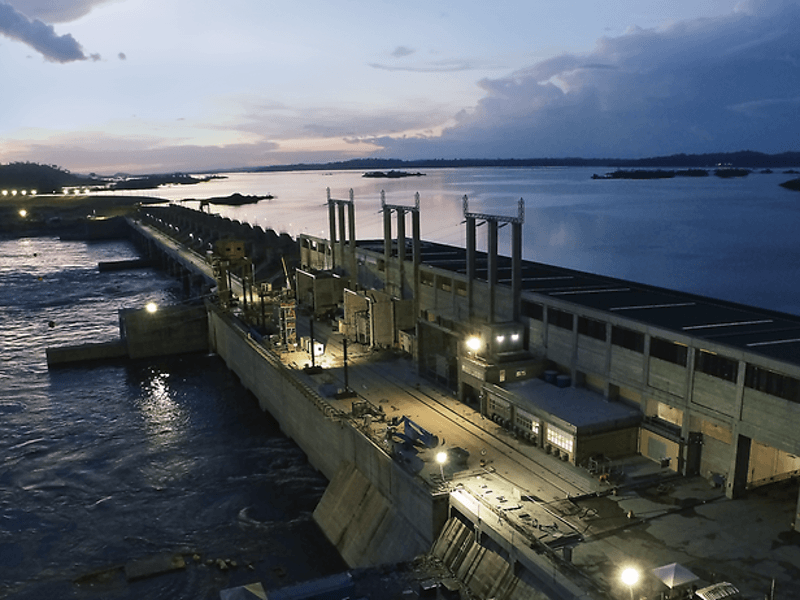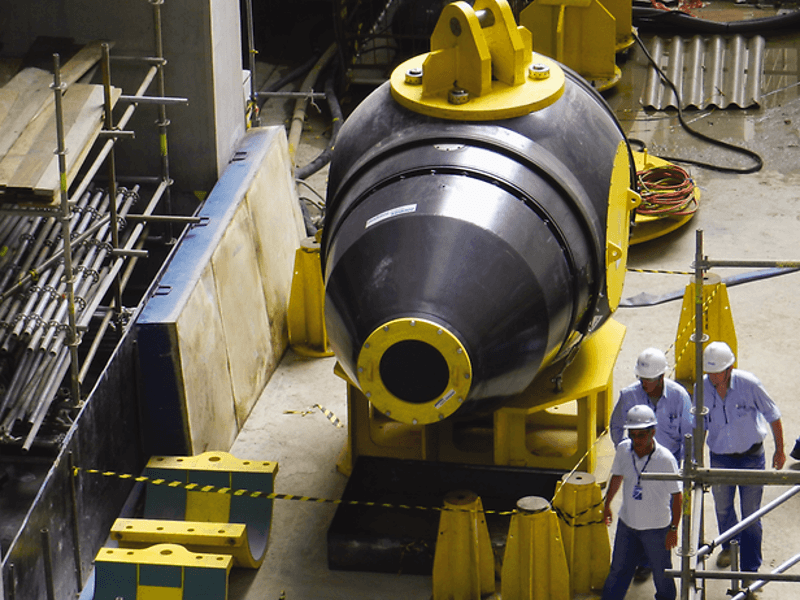Belo Monte hydropower project is an 11.2GW run-of-the-river hydroelectric power plant located on the lower reach of the Xingu River, in northern Brazil. Fully commissioned in November 2019, it became the second biggest hydroelectric plant in Brazil after the Itaipu dam, and also the world’s fourth-biggest power plant.
Construction on the $11.2bn massive power project was started in March 2011 and partial operations were started in 2016.
The Belo Monte hydropower project is owned and operated by Norte Energia, a consortium comprised of Brazilian electric utility company Eletrobas (49.98%), Queiroz Galvão (10.02%), JMalucelli Construtora (9.98%), Cetenco Engenharia (5%), Vale (4.59%), Cemig GT (4.41%), Galvão Engenharia (3.75%), Mendes Júnior (3.75%), Serveng (3.75%), Contern Construções (3.755%), and Gaia Energia e Participações (1%).
The Belo Monte project is expected to generate enough electricity to power to 60 million people, accounting for approximately 10% of the country’s total electricity demand.
Belo Monte hydropower project location and background
The Belo Monte hydropower project has a flooding area of 500km², which is spread across the Vitória do Xingu, Anapu, and Brasil Novo municipalities of the Brazilian state of Para.
Originally proposed in 1975, the project was abandoned in 1990 due to opposition from environmental activists and local people.
The project design was subsequently modified to address the environmental concerns and the Brazilian Government finally granted the environmental approval in February 2010. It was followed by the signing of a construction contract between the Brazilian government and Norte Energia in August 2010.
Belo Monte hydropower plant make-up
The 11,233MW Belo Monte hydroelectric project comprises two dams, two powerhouses, a primary spillway at Pimentel Island, and a supplemental spillway at Bela Vista.
The main powerhouse is equipped with 18 Francis turbines of 611MW capacity each, while the supplemental powerhouse is located at the Pimentel site, next to the Belo.
The first turbine-generator unit of the plant was brought into operation in April 2016. The plant was installed with 12 Francis turbine units at the main powerhouse and all six Bulb turbines at the complementary powerhouse, by the end of 2018.
The remaining six Francis turbines were installed by November 2019.
Power transmission
The Belo Monte hydroelectric facility features two substations. The power generated at the main powerhouse is sent to the National Interconnected System through five 500kV transmission lines connecting the Xingu Collecting Substation.
Electricity from the Xingu substation is further transmitted to south-east Brazil through two 800kV ultra-high-voltage direct current (UHVDC) transmission lines that include the Belo Monte-Rio de Janeiro and the Belo Monte-Estreito power transmission lines.
The output from the Pimental powerhouse is evacuated to the Altamira Collecting Substation through a 61km-long 230kV single-circuit transmission line.
Contractors involved
A consortium of Alstom (now GE), Voith, and Andritz were contracted to supply 14 611MW Francis turbine-generator sets and six smaller Bulb units for the Belo Monte power project, in February 2011.
As part of this contract, Alstom (GE) supplied seven Francis turbine-generator units and gas-insulated substations (GIS) for the plant, while Andritz supplied three Francis turbine-generator units, 14 excitation systems, and six bulb turbines and generators.
IMPSA was contracted to supply four Francis turbines and generators for the plant in February 2011.
ARCADIS Logos was appointed as the owner’s engineer (OE) for the project in April 2012. Tractebel Engineering was engaged in formulating the environmental impact assessment (EIA) and the basic environmental plan (PBA).
WorleyParsons was contracted to oversee the environmental and social compliance for the project, in August 2012.
The ELM Consortium involving Alstom and an Alstom-led consortium with Bardella were contracted to supply additional hydro-mechanical equipment for the Belo Monte hydropower project in July 2015.





